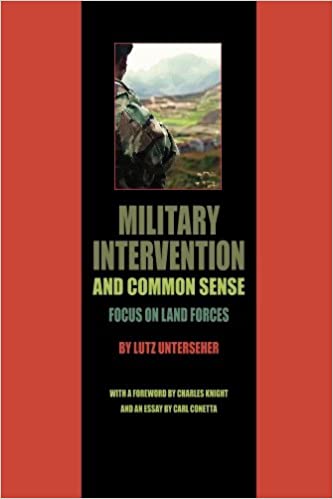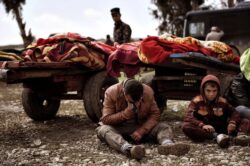Can the United States escape the vortex of its 20-year war?
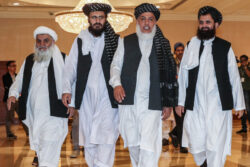
➪ see full-post: HTML
by Carl Conetta, 09 Sept 2021.
This article assesses the calamitous end of America’s 20-year war and the effort of US interventionists to use public distress about the airport chaos to blunt and distract from an adequate appraisal of the war that produced it.
The war was defined from the start by an impossible mission shrouded in misinformation. Intelligence agencies failed to give useful intelligence over a span of not just 4 months, but 20 years. And the article asks, Can we escape the political and strategic dynamics that produce and sustain such wars?
It concludes by examining how some Western powers are now looking to continue the conflict via other means. Against this, the author proposes a stability-oriented approach that would energetically explore areas of possible US-Taliban cooperation, a new positive context in which areas of difference might be productively addressed.

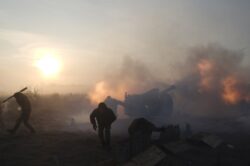
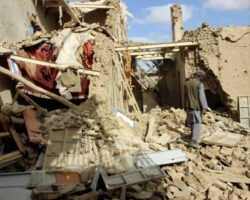

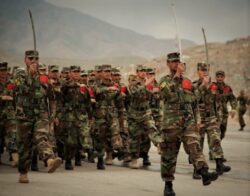 The most serious deficit of the Afghan National Security Forces…is its lack of motivation in comparison to the Taliban. One of the primary lessons unlearned from Vietnam, Iraq, and Afghanistan is that soldiers in the armies we create, train, and equip are simply not willing to fight and die for weak, corrupt, illegitimate governments.
The most serious deficit of the Afghan National Security Forces…is its lack of motivation in comparison to the Taliban. One of the primary lessons unlearned from Vietnam, Iraq, and Afghanistan is that soldiers in the armies we create, train, and equip are simply not willing to fight and die for weak, corrupt, illegitimate governments.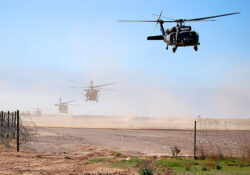 Drawing on the experiences of the Afghanistan and Iraq wars, the article assesses the role played by helicopters, reviewing their strengths and limits. The author suggests that a dilemma shadows the use of these aircraft. On the one hand, they offer a unique combination of mobility, flexibility, and agility in working closely with ground forces, providing reconnaissance, fire, maneuver, and logistical support. However, helicopters prove acutely sensitive to environmental conditions, are relatively fragile, and can be countered by multiple, relatively-inexpensive weapon systems.
Drawing on the experiences of the Afghanistan and Iraq wars, the article assesses the role played by helicopters, reviewing their strengths and limits. The author suggests that a dilemma shadows the use of these aircraft. On the one hand, they offer a unique combination of mobility, flexibility, and agility in working closely with ground forces, providing reconnaissance, fire, maneuver, and logistical support. However, helicopters prove acutely sensitive to environmental conditions, are relatively fragile, and can be countered by multiple, relatively-inexpensive weapon systems.